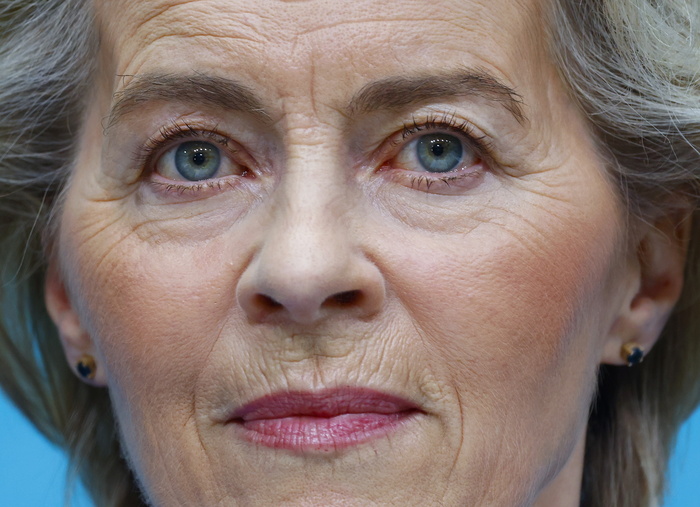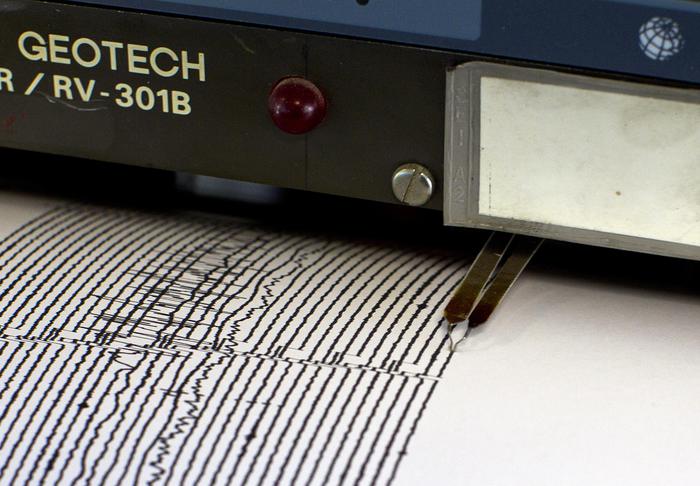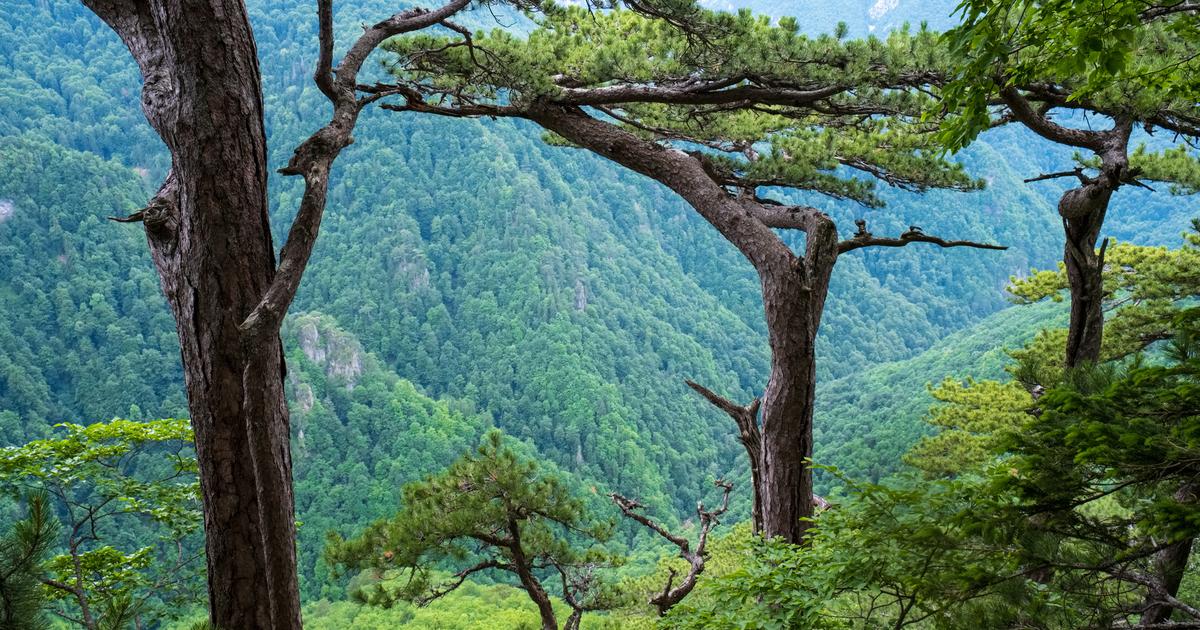Icon: enlarge
An Afghan girl walks through the Bosnian-Croatian border area in slush
Photo: Alessio Mamo
They do not play »robbers and gendarmes«, but migrants who are chased by border police: children from refugee families who are stranded in Bosnia-Herzegovina sometimes imitate »The Game« - the game that is everyday life for them.
This is how asylum seekers describe their attempts to cross the border into Croatia in order to get into the EU.
Most of them are brutally stopped and forced back by border guards - and some children have to watch their parents being robbed, beaten and humiliated or are exposed to violence themselves.
Icon: enlarge
Again and again, families with small children set off to make it to the EU via the Balkan route
Photo: Alessio Mamo
Croatian border police "beat and kicked the migrants and forced them to run the gauntlet between the police lines," according to a report by "Human Rights Watch" on the systematic human rights violations.
"The violence also hit women and children." The asylum seekers who were caught were also not brought back to the place of their entry, but rather to remote areas - "in some cases they were forced to cross ice-cold streams."
Human rights organizations worldwide have been criticizing the illegal rejections under international law, the so-called pushbacks, for years, and the involvement of Frontex border guards in pushbacks at EU external borders is currently being investigated.
Nevertheless, the controversial practice that denies refugees the opportunity to apply for asylum continues
in the EU.
The Danish Refugee Council (DRC) documented around 16,000 illegal pushbacks by Croatian border guards last year alone, including 800 cases by children.
"Compared to the previous months, the rate of women and children reporting pushbacks has increased," said a November 2020 report.
Icon: enlarge
Surviving in sub-freezing temperatures: teenagers light a fire
Photo: Alessio Mamo
Ever since EU countries sealed off the Balkan route, more and more refugees have been gathering in Bosnia-Herzegovina, including many families - the country has become a bottleneck for the way to Western Europe.
In the past winter months the situation has worsened dramatically.
Several official refugee camps have been closed.
In December 2020 the “International Organization for Migration” (IOM) had the Lipa reception center near Bihac evacuated because there was neither water nor electricity there.
But there was no substitute accommodation - around 1,300 people suddenly stood on the street.
Icon: enlarge
The Lipa refugee camp had to be evacuated - many of the former residents are now homeless
Photo: Kemal Softic / AP
The “International Organization for Migration” (IOM) estimates that there are currently between 9,000 and 10,000 refugees in Bosnia-Herzegovina, around 3,000 people camp in freezing temperatures without water or electricity in abandoned houses or factory buildings, in tents or in the forest.
It's not a place to stay - so people keep trying desperately to cross the line.
The Italian photographer Alessio Mamo accompanied families from Afghanistan with babies and small children.
See in the photo gallery how refugee children perceive life in a suspended state:
Icon: The mirror
This contribution is part of the Global Society project
What is the Global Society project? Up arrow Down arrow
Under the title Global Society, reporters from
Asia, Africa, Latin America and Europe
report on injustices in a globalized world, socio-political challenges and sustainable development.
The reports, analyzes, photo series, videos and podcasts appear in the international section of SPIEGEL.
The project is long-term and will be supported by the Bill & Melinda Gates Foundation (BMGF) for three years.
A detailed FAQ with questions and answers about the project can be found here.
What does the funding look like in concrete terms? Up arrow Down arrow
The Bill & Melinda Gates Foundation (BMGF) is supporting the project for three years with a total of around 2.3 million euros.
Is the journalistic content independent of the foundation? Up arrow Down arrow
Yes.
The editorial content is created without any influence from the Gates Foundation.
Do other media have similar projects? Up arrow Down arrow
Yes.
Major European media outlets such as "The Guardian" and "El País" have set up similar sections on their news pages with "Global Development" and "Planeta Futuro" with the support of the Gates Foundation.
Have there already been similar projects at SPIEGEL? Up arrow Down arrow
In recent years, SPIEGEL has already implemented two projects with the European Journalism Center (EJC) and the support of the Bill & Melinda Gates Foundation: The "Expedition The Day After Tomorrow" on global sustainability goals and the journalistic refugee project "The New Arrivals", as part of this several award-winning multimedia reports on the topics of migration and flight have emerged.
Where can I find all publications on Global Society? Up arrow Down arrow
The pieces can be found at SPIEGEL on the topic Global Society.









